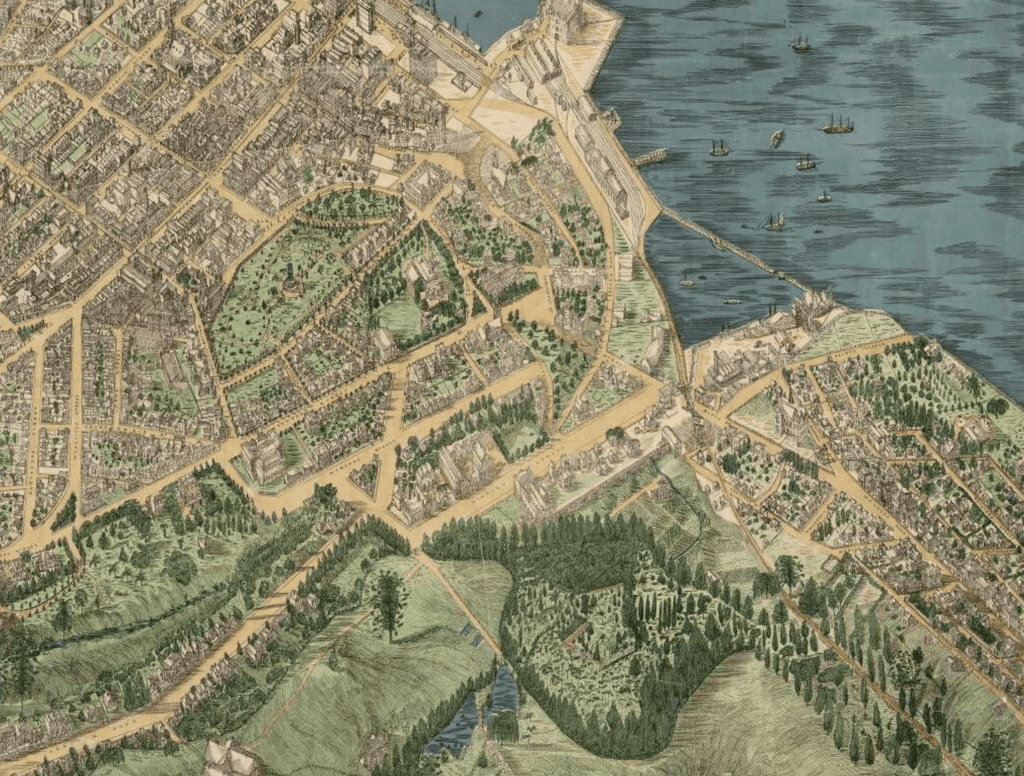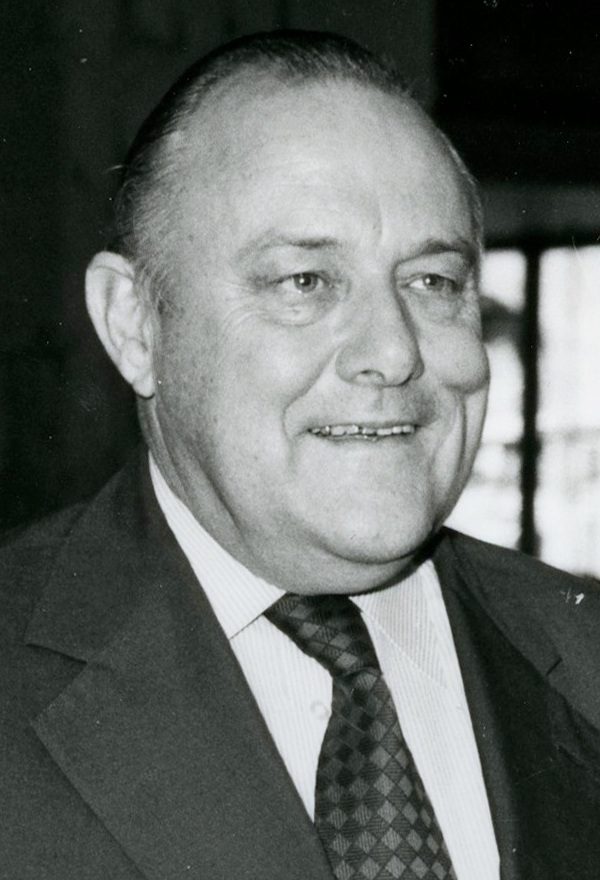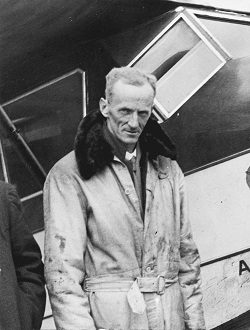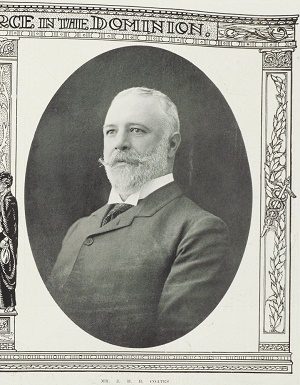James, George and William Mason: Mason Bros Nurseries
The brothers were born to Aaron and Elizabeth Mason, of Walnut Tree Farm, Windlesham, Surrey, founders of the Mason Nurseries in Surrey. In due course, William worked as a gardener at Appleby Castle and at the Chrystal Palace before becoming a nurseryman.
William (age 26) and George (age 22) are on ship records as migrating to New Zealand in August 1862. Family tradition states that James (age 28) went with them, although the passenger list does not record his name. All three brothers established successful nurseries in New Zealand.
In 1863 William worked as gardener for General William Taylor at the Glen Orchard estate, Tamaki. He held this position for 4 – 5 years before joining James and George at Mason Bros Nurseries, which had been established in Parnell in 1865.
By 1865 Mason Bros Nursery had been established at Parnell. The nurseries supplied shelter tree and hedging, specimen trees, fruit trees, amenity plants, small fruit plants, vegetable seedlings and seed. Using parts of the nurseries as a market garden, the brothers became well-known strawberry growers.
In 1873 George left the Mason Bros partnership to establish nurseries in Hamilton. Parnell then became the centre of nursery operations for James, who continued to trade under the name Mason Bros. Meanwhile, William managed 27 acres of the Mason Bros. nursery at Dedwood (the early name for Ponsonby). The brothers continued an informal arrangement of cooperation, by each being an agent for each other.
Growing Acreage and Prestige
In 1877 the Auckland Council contracted the Mason Bros to plant the principal streets of Auckland. Around 1878-1879, they turned their attention to the grounds of The Pah (now Monte Cecelia House). There, Mason’s Parnell Nursery planted trees, the work overseen by their gardener foreman.
In 1879 James again rose to prominence, chosen to decorate the Choral Hall of Auckland’s viceregal residence for the Governors ball.
By 1879 the Ponsonby Nursery covered a total of 40 acres, with 30 acres in nursery and orchard. This included 13 acres of strawberries, said to be the biggest strawberry farm near Auckland. At this time the Ponsonby Nursery employed 10 men and 5 boys, with numbers doubling at fruit harvest.
During this period, James became one of the directors of the Apple Farm Company, situated on 226 acres along the east bank of the Tamaki River. James also became a member of the Newmarket District Board from 1883-1885 and a councillor for the Newmarket Borough from 1885-1887.
In 1884, the Parnell Nursery, laying on both sides of the road at Newmarket had many thousands of fruit trees. The areas under glass were extensive and the vineries were the largest in the province. Two acres were set aside for tobacco.

William Mason’s held a lease on Tanyard Gully – a prime spot where he cultivated a good share of Auckland’s beauty.

The Mason Bros’ 6 1/2 acres took advantage of what the city called “Mechanic’s Bay, rich alluvial soil.” The land abutted the Domain.
New Directions and a Lasting Legacy
In November of that year, James married Jane (Jean) Wright. This was his third marriage. The first, was prior to moving to New Zealand, the second was in 1882, his wife dying that same year. The new couple established their home at their Gardenhyrst vinery in Remuera, between Ladies Miles and Starke’s Avenue (now Koraha Street). A pioneering effort in New Zealand winemaking, Gardenhurst boasted five acres of grapes, “grown under glass.”
In 1905, James included Gardenhyrst in the amalgamation of several large vineyards and winemakers to form The New Zealand Associated Wine Growers Ltd. Gardenhyrst was intended to be the centre of operations. The company went into liquidation in 1906 and the land was sub-divided for sale.
James continued to supply ornamentals such as camellia, azaleas, daphne, rhododendrons and roses to the auctioneers, along with shelter hedging, until August 1907.
He retired to St Heliers and died in 1915. His reputation as a respected nurseryman long outlived him. The sub-division of his showpiece nursery was marketed under the name Gardenhyrst, with reference to it formerly being Masons Gardens, until 1923.
William’s Later Life
William sub-divided and sold the largest block of the nursery for housing seven years before his death. In 1902 he sub-divided and sold the 13 acres of strawberry fields which lay between Jervois and Argyll Streets. Today’s Masons Avenue came into existence to connect the streets.
William, who remained a bachelor, died in 1905. He left generous bequests to his brothers and their families and to charitable institutions.
In particular, the Jubilee Institute for the Blind received £10,000 from Mason’s estate. Under the terms of the Will this increased to £14,650 by 1911. The bequest enabled the construction of the main Jubilee Institute building in Parnell. Other beneficiaries were the Leys Institute, Ponsonby, the Auckland division of the Salvation Army, Dr. Barnardo’s Homes, England, Society for the Protection of Women and Children and the Prevention of Cruelty to Animals, and the permanent building fund of All Saints’ Church, Ponsonby.

The Masons held the contract to plant trees at the Pah (Monte Cecilia Park).
Research and writing contributed by Claire Bibby and Anne Marquand, with additional research and editing by Purewa staff.
Images: Map: George Treacy Steven, NZ Map 374, Sir George Grey Special Collections, Auckland Libraries, Monte Cecilia Park: Auckland Council, Advertisement: supplied
William Mason
Died 1905
Block E Row 53 Plot 004
James Mason
Died 1915
Block E Row 53 Plot 003




